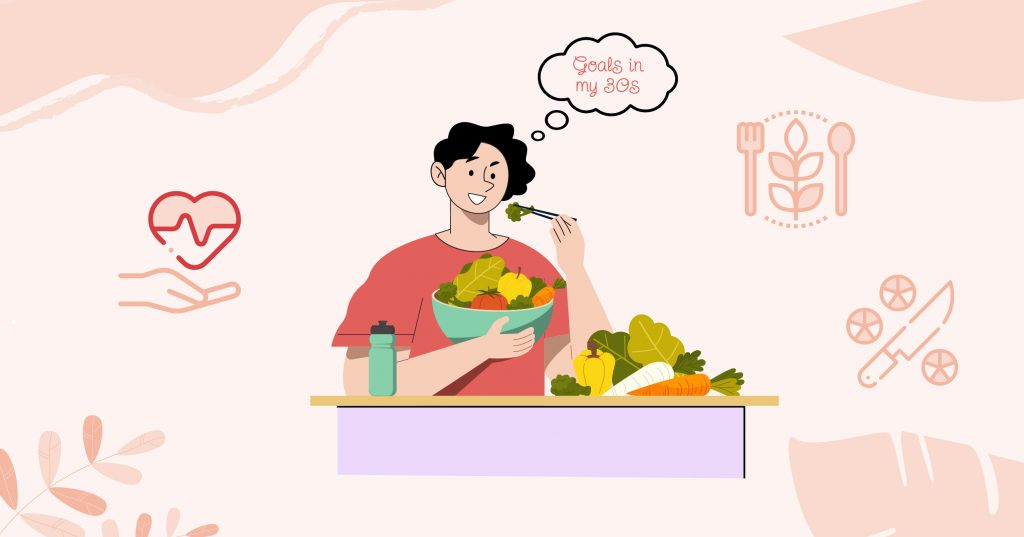The Puzzle of Emotional Eating
Ever find yourself standing in front of the fridge, not because you’re really hungry, but because you’re feeling a bit down or stressed? Welcome to the world of emotional eating, a place where our emotions get tangled up with our eating habits.
Sometimes life hits you with a curveball—be it a rough day at work, a spat with a friend, or just the everyday blues—and suddenly, you’re raiding the kitchen, hunting for something to make you feel better.
This whole emotional eating gig is something many of us face. It’s not just about the food; it’s about what the food represents—a momentary escape, a flash of pleasure, a comforting hug from your favorite snack.
We all have those moments where we seek solace in the soothing arms of chocolate, chips, or whatever our comfort food of choice might be, trying to feed our feelings rather than our stomachs.
Decoding Emotional Hunger
Why does emotional eating have such a grip on us? It boils down to the brain’s reward system. When we eat, especially foods high in sugar, fat, or salt, our brain releases dopamine, the “feel-good” neurotransmitter, providing a rush of pleasure and momentarily lifting our spirits. This neural response can be so reinforcing that we start to associate certain foods with comfort or escape, setting the stage for emotional eating habits.
Under stress or negative emotions, our body’s cortisol levels rise, increasing our cravings for these rewarding foods. This cycle isn’t just about lacking willpower; it’s a neurochemical response deeply rooted in our biology, where emotional eating becomes a learned behavior to cope with feelings.
Solving the labyrinth of emotional hunger, it’s evident that our brains are wired to seek out these culinary comforts. Think of it like a feedback loop; the more we indulge in these feel-good foods during emotional lows, the stronger the association becomes in our brain. It’s like training your brain to think, “Feeling blue? A cookie might help.”
But there’s more to the story. Our brains have areas like the hippocampus, involved in memory and learning, which remember the joy of that cookie during tough times.
So, the next time we’re down, our brain subtly nudges us, saying, “Remember how great we felt last time we had that treat?” This creates a powerful link between our emotions and eating behaviors, making it a go-to strategy for emotional relief.
Additionally, emotional eating often has little to do with physical hunger. It’s driven by psychological needs—comfort, reward, or a distraction from distressing feelings. When we respond to these emotional cues by eating, we reinforce this behavior, making it a habitual response to stress or sadness.
Understanding this neurochemical dance helps to see why breaking the cycle of emotional eating can be challenging. It’s not merely a matter of self-control; it’s about rewiring complex brain pathways that have been conditioned to associate comfort with eating.
Subscribe to newsletter
Get your Gut Health Starter Guide right now.
Elevate your Tuesdays with practical, science-backed wisdom propelling you forward on your gut health journey.

Practical Steps Forward
To build on these strategies, consider the following actionable steps:
- Create a Support System: Share your goals with friends, family, or a support group. They can offer encouragement, listen when you need to vent, or even join you in your mindful eating journey.
- Establish a Routine: Regular meal times can stabilize your eating patterns and reduce the likelihood of emotional eating. Having a structured eating schedule can provide a sense of normalcy and control.
- Opt for Nutritious Snacks: If you tend to snack when emotional, prepare healthy options like fruits, nuts, or yogurt. These can satisfy your cravings without the guilt associated with less healthy choices.
- Practice Self-Compassion: Be kind to yourself. Acknowledge that slip-ups are part of the journey and don’t define your worth. Learning from these experiences can help you grow and make better choices in the future.
- Seek Professional Help: Sometimes, the roots of emotional eating run deep, and talking to a therapist or counselor can provide insights and coping mechanisms that you might not discover on your own.
- Slow Down: Take time to eat without distractions like TV or smartphones. This can help you enjoy your food more and recognize when you are full, preventing overeating.
By integrating these steps into your life, you can move from mindless munching to making mindful, healthy choices that nourish both your body and emotions, fostering a healthier relationship with food and eating.
A Tale of Transformation
Sarah’s journey into the realm of emotional eating was a silent battle fought in the solitude of her kitchen. Nights spent reaching for the cookie jar or ice cream tub, seeking a momentary reprieve from the day’s stress and solitude. Her revelation came during a routine health check-up when her doctor gently pointed out the toll her emotional eating was taking on her health.
“I always thought I was just a ‘snacker’, ” Sarah says, recounting her initial denial. “But sitting in that doctor’s office, I realized it was more than just snacking—it was a way to suppress my loneliness and stress.”
Motivated by this insight, Sarah embarked on a journey of self-discovery. She began journaling her moods and the foods she ate, uncovering patterns of emotional eating. Instead of reaching for snacks, she started going for walks, listening to music, and practicing yoga—activities that nurtured her soul without the need for food.
“The real change came when I learned to sit with my emotions, to really feel them instead of eating them away,” Sarah shares. “I found that meditation and mindfulness were key to understanding my triggers.”
Over time, Sarah’s kitchen ceased to be a battleground. It transformed into a place of creativity and health, where she experimented with recipes that were nutritious and satisfying. She learned to savor each meal, eating slowly and appreciating the flavors, textures, and colors on her plate.
“Food is no longer my emotional band-aid,” she declares with a smile. “It’s a source of energy and joy. I’ve learned to find other, healthier ways to deal with my feelings.”


















